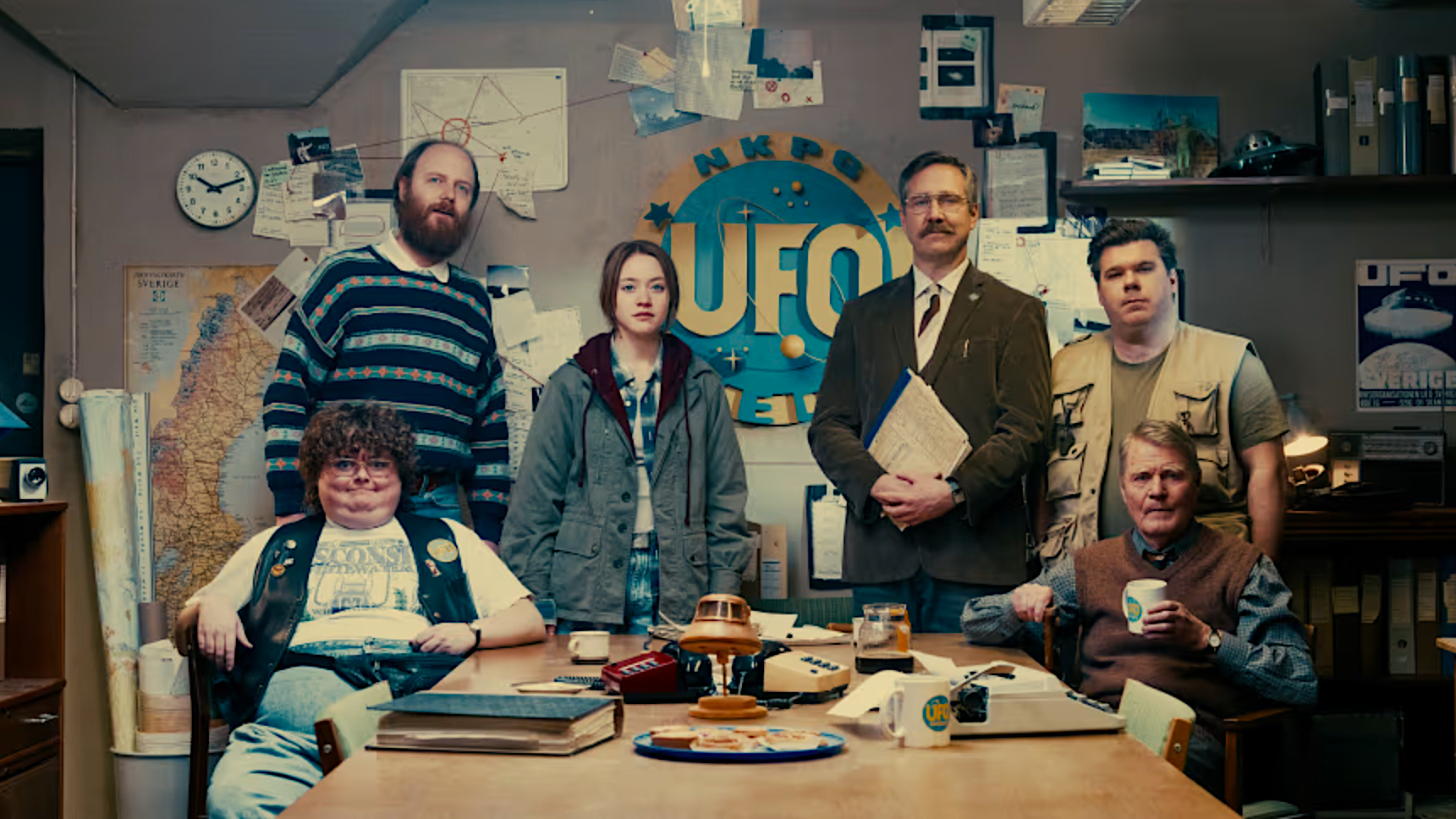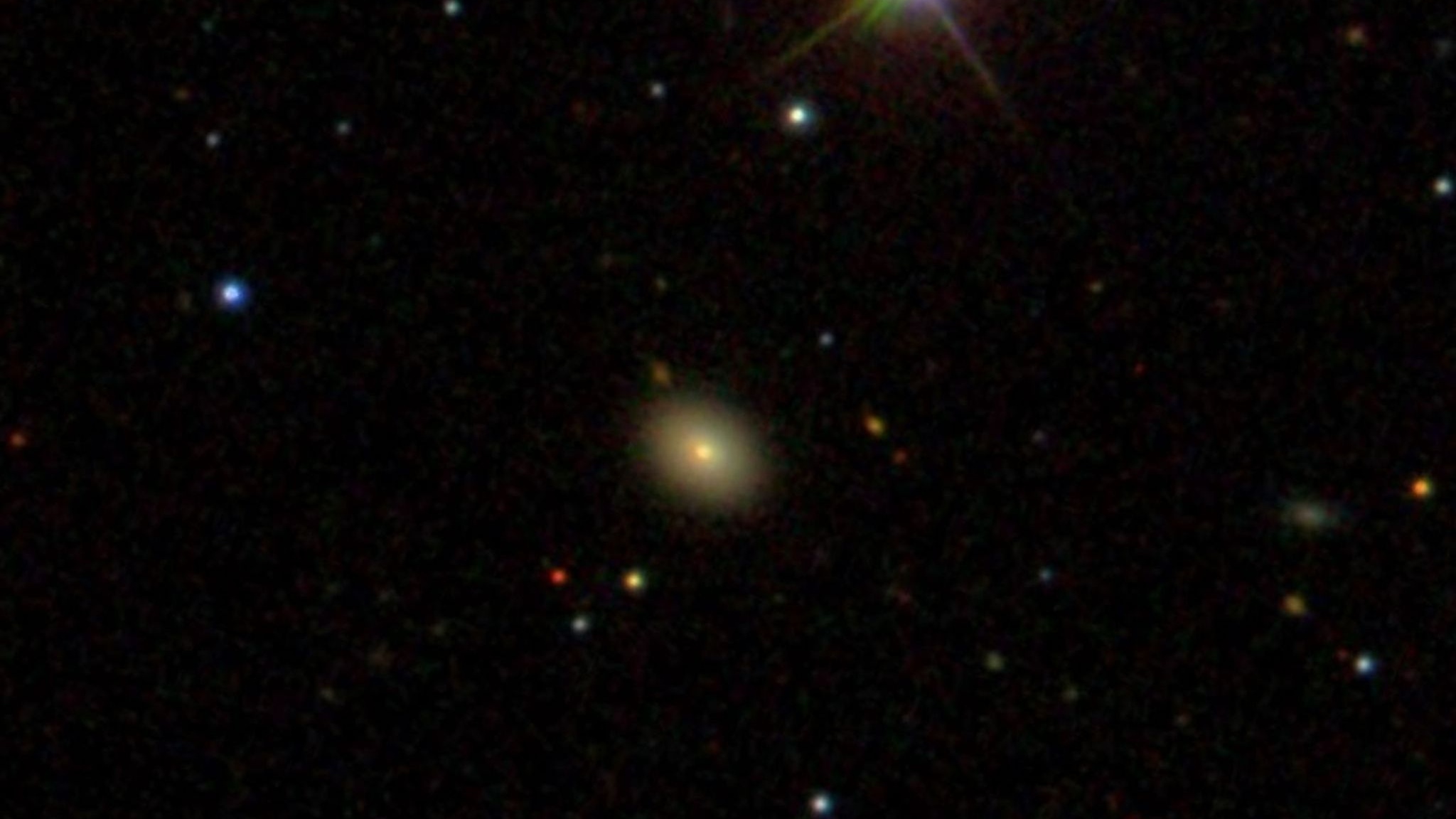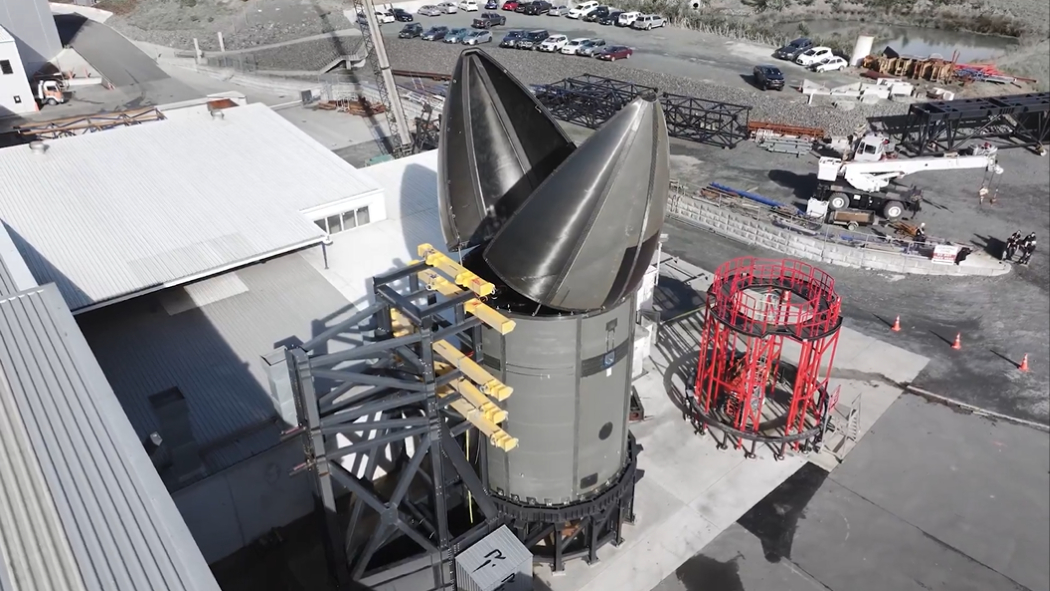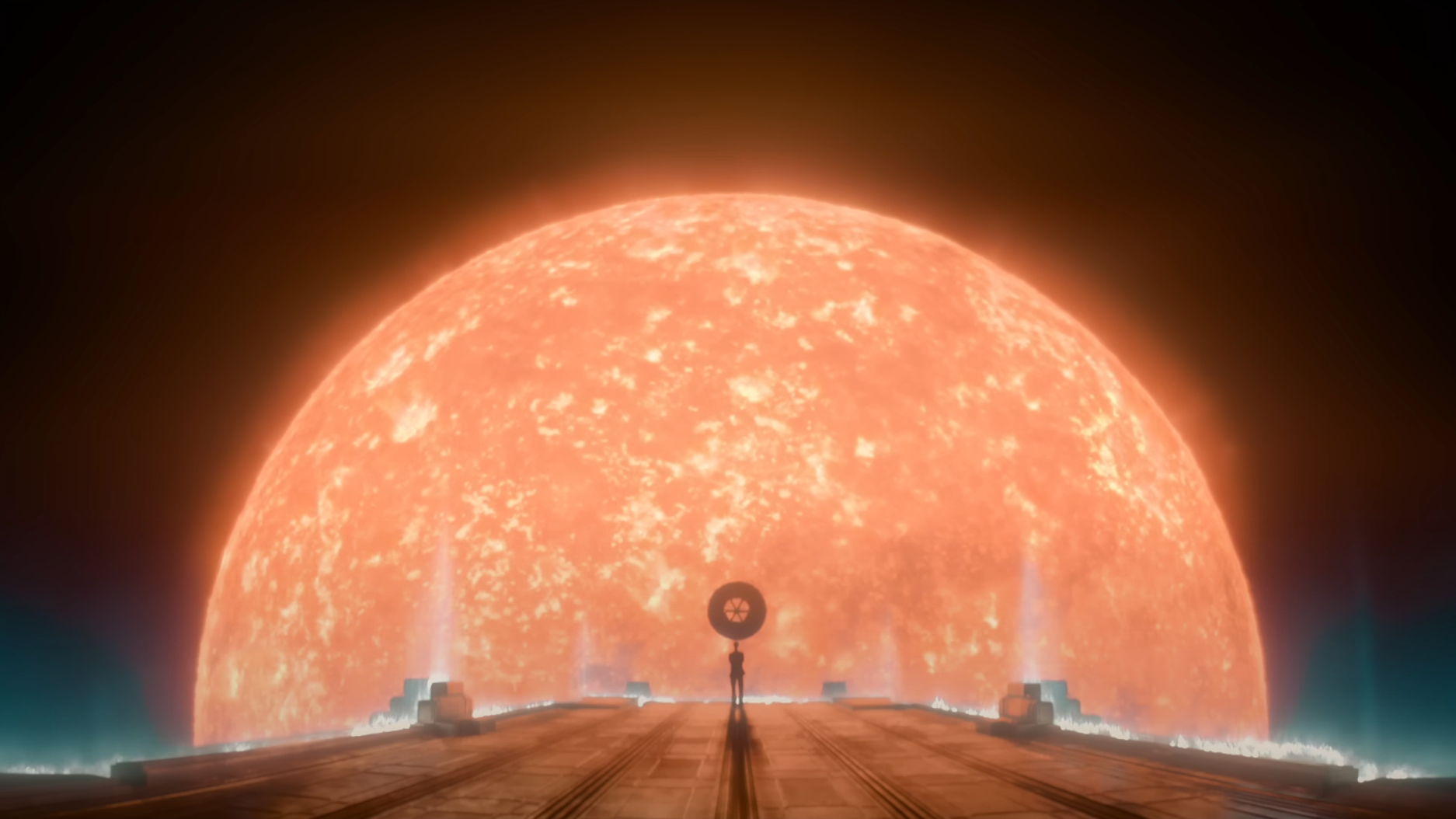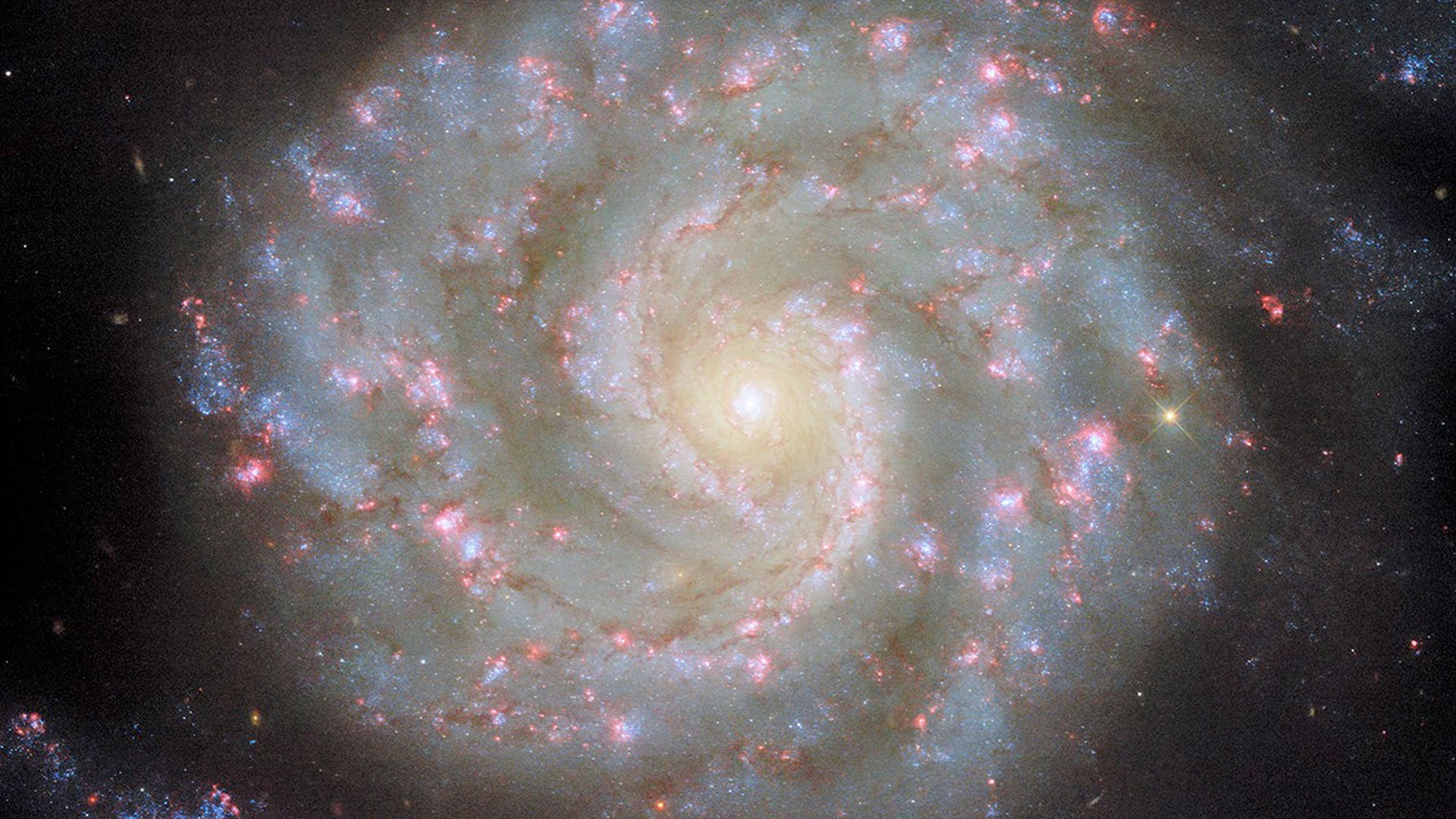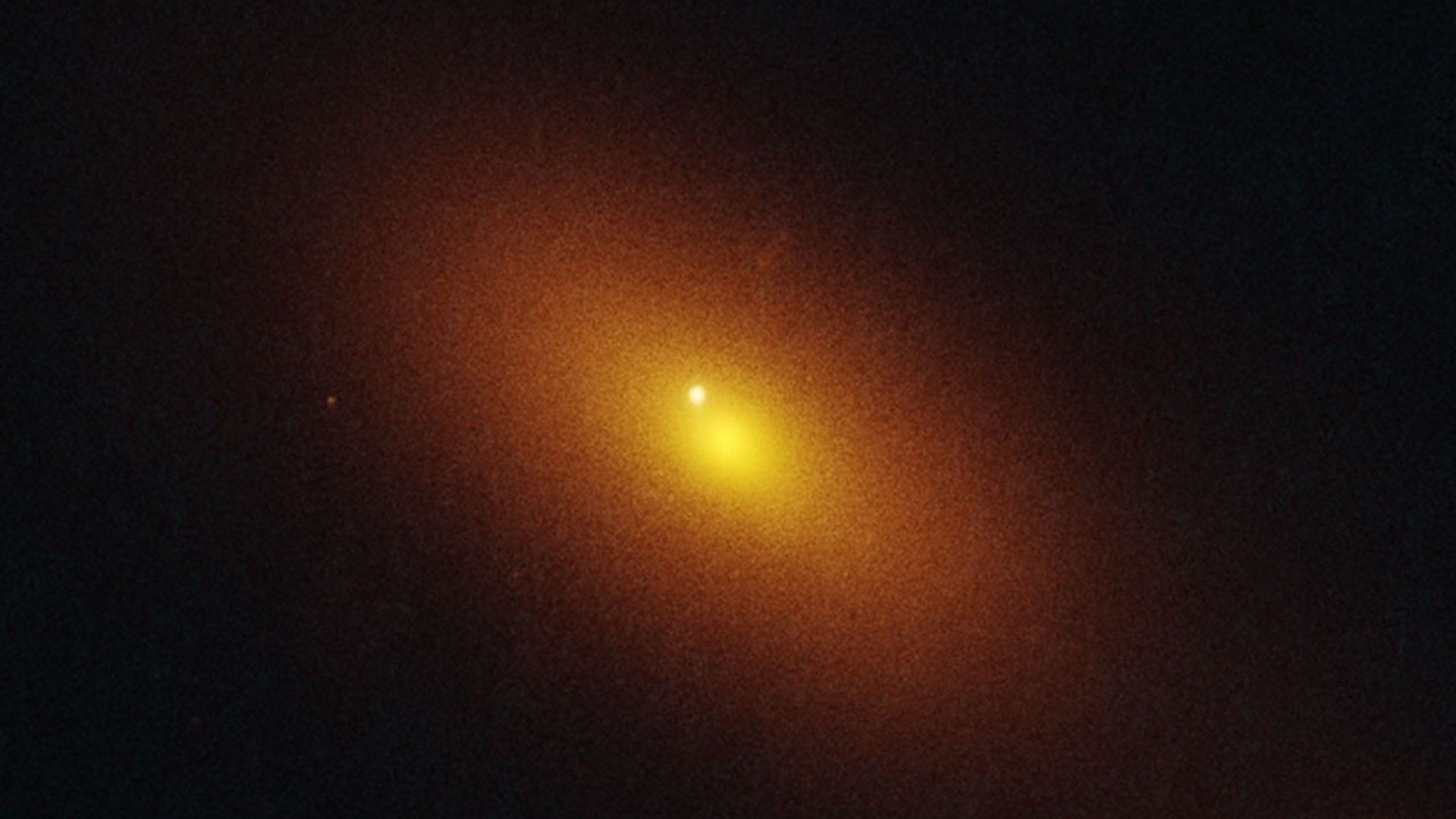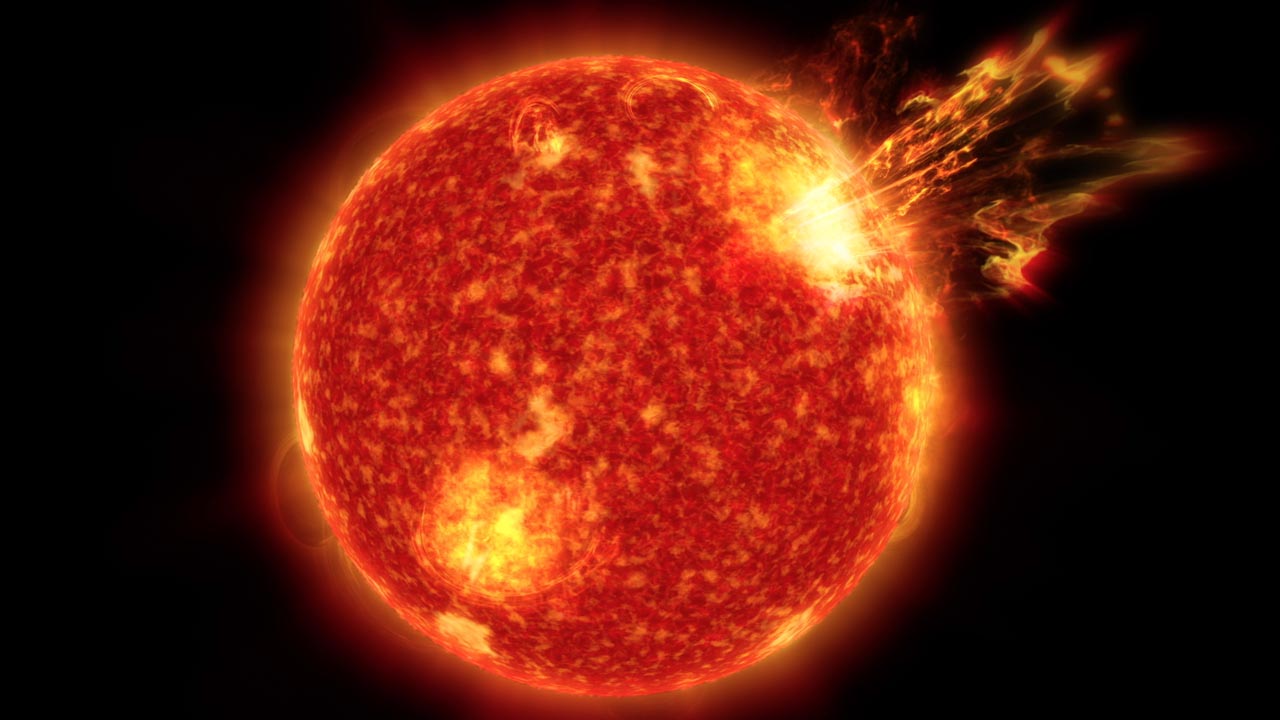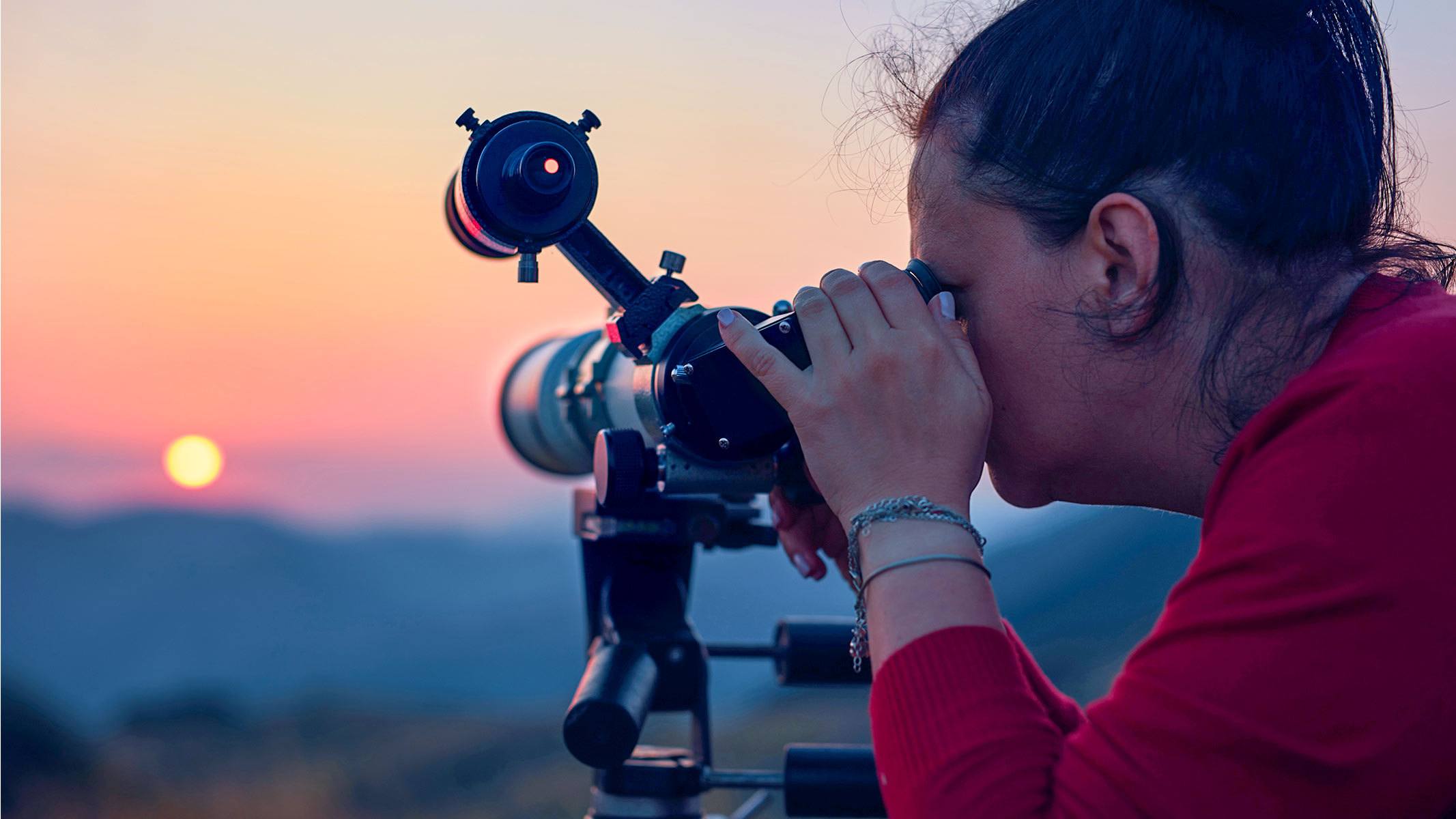Space Visor VR Headset Offers Virtual Tour of Space Artifacts, Space Station
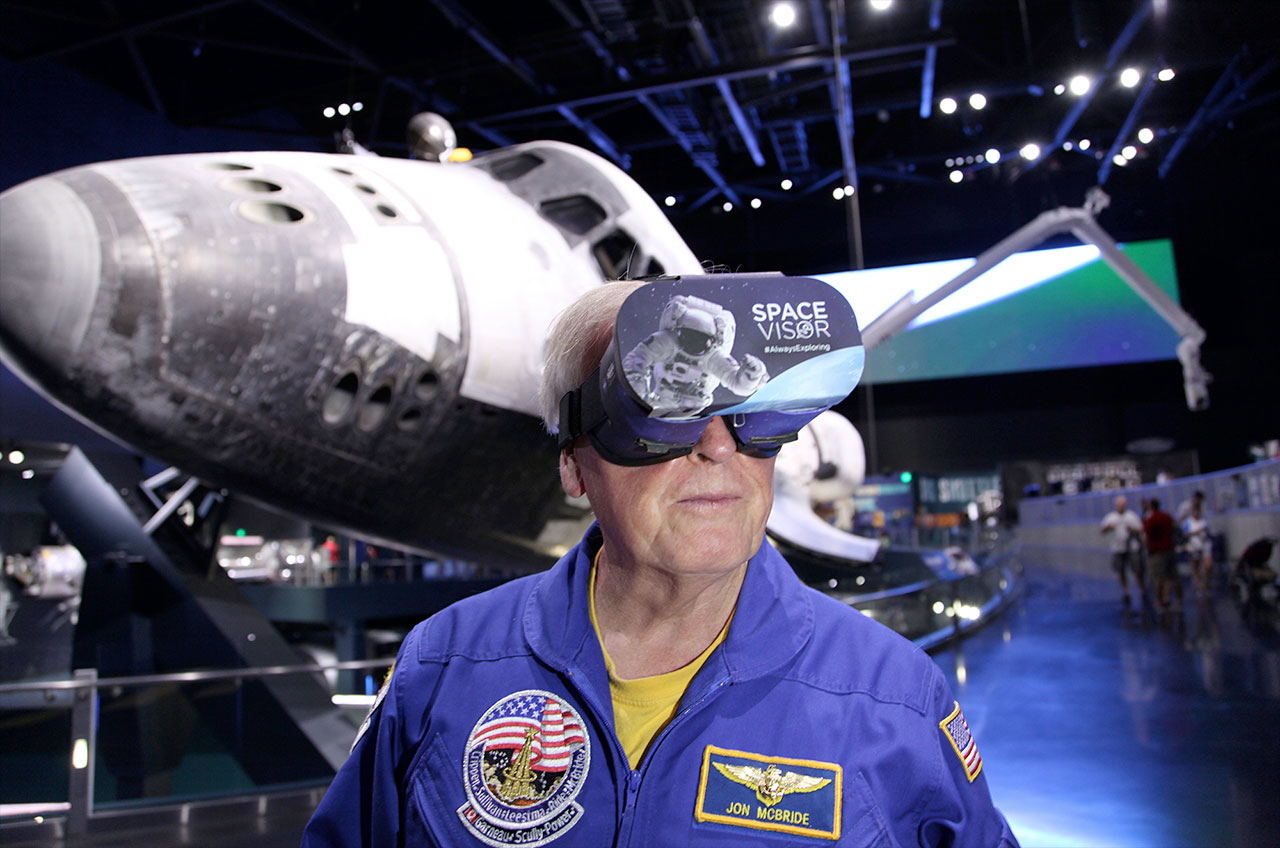
Visitors to NASA's Kennedy Space Center can now take home the retired space shuttle Atlantis, the International Space Station and the entire solar system as a souvenir — all through a new virtual reality (VR) headset and app-driven experience.
Space Visor, available from Kennedy Space Center Visitor Complex gift shops and its online store, is designed to give its wearers the chance to continue their exploration of the complex and its space artifact exhibits after departing from the Florida spaceport.
"At [the] Kennedy Space Center Visitor Complex we create immersive space experiences for our visitors," said Therrin Protze, chief operating officer, in a statement. "The Space Visor is the next step to bring our guests an unparalleled experience at the height of current technology." [Virtual Reality and Mars: 4 Ways Tech Will Change Space Exploration]
Developed by Delaware North, the company that operates the Kennedy Space Center Visitor Complex for NASA, and brandVR, Space Visor uses the owner's smart phone and a trio of custom-designed apps to immerse visitors in a VR world that "brings space artifacts to life."
The Space Visor takes users on a spacewalk outside the International Space Station, where they can explore inside and learn about the orbiting outpost's modules, and to the surface of the moon for an Apollo lunar rover ride. Wearers can also tour parts of the visitor complex where the public cannot go in real life, including exploring inside the Gemini 9 and Apollo 14 space capsules.
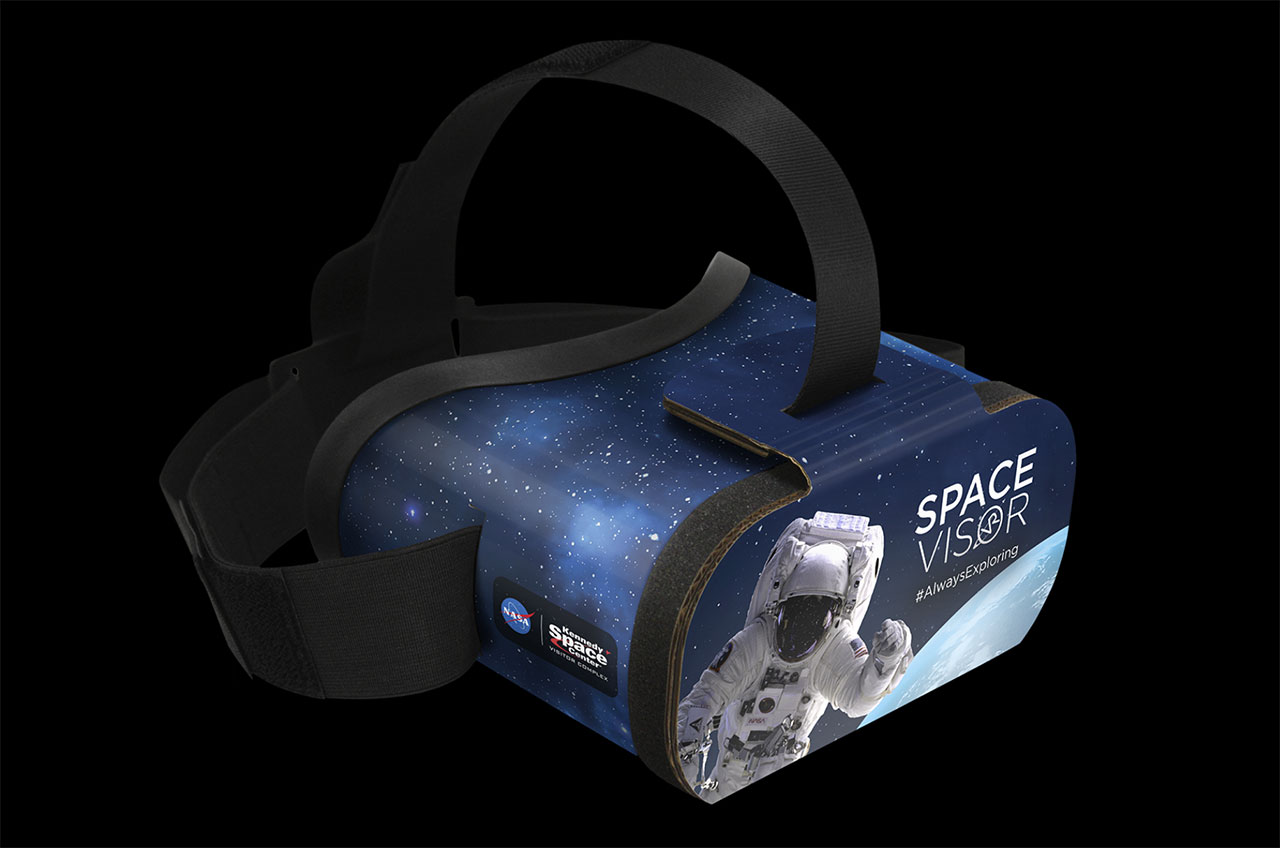
Three apps were developed for use with the Space Visor:
- "KSC 360 Expedition" encompasses a virtual tour of the Kennedy Space Center Visitor Complex. Users are prompted to learn about each launch vehicle in the Rocket Garden, gaze at the shuttle Atlantis as it was seen in orbit and explore the moon's surface at the Apollo/Saturn V Center.
- "Space Dreams" explores a space-themed room of a young child to learn more about the planets in our solar system, a NASA Mars rover and a spacesuit.
- "Edge of Home" gives users an astronaut's view of the International Space Station by taking part in an extravehicular activity (EVA, spacewalk) outside the outpost to learn more about each module.
All three mobile apps can be downloaded for free from the Apple App Store or Google Play.
Get the Space.com Newsletter
Breaking space news, the latest updates on rocket launches, skywatching events and more!
The headset, which costs $60, can be used while at the Kennedy Space Center Visitor Complex or elsewhere. The Space Visor is recommended for use with flagship mobile devices produced since 2015, including the Apple iPhone and Samsung Galaxy.
Preview the Kennedy Space Center Visitor Complex’s Space Visor apps at collectSPACE.
Follow collectSPACE.com on Facebook and on Twitter at @collectSPACE. Copyright 2016 collectSPACE.com. All rights reserved.
Join our Space Forums to keep talking space on the latest missions, night sky and more! And if you have a news tip, correction or comment, let us know at: community@space.com.

Robert Pearlman is a space historian, journalist and the founder and editor of collectSPACE.com, a daily news publication and community devoted to space history with a particular focus on how and where space exploration intersects with pop culture. Pearlman is also a contributing writer for Space.com and co-author of "Space Stations: The Art, Science, and Reality of Working in Space” published by Smithsonian Books in 2018.In 2009, he was inducted into the U.S. Space Camp Hall of Fame in Huntsville, Alabama. In 2021, he was honored by the American Astronautical Society with the Ordway Award for Sustained Excellence in Spaceflight History. In 2023, the National Space Club Florida Committee recognized Pearlman with the Kolcum News and Communications Award for excellence in telling the space story along the Space Coast and throughout the world.

